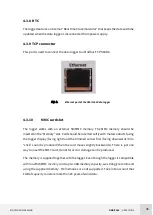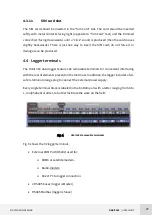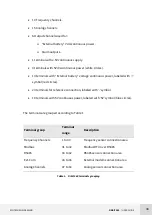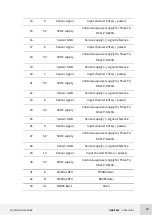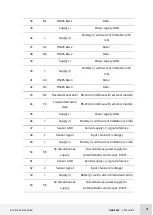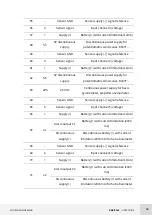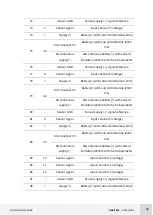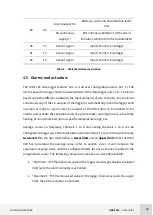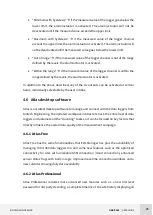
KINTECH ENGINEERING
ORBIT 360 | USER GUIDE
30
4.2.1
Sampling rate
The Orbit 360 data logger has the capacity to connect up to 10 anemometers or pulse-
type sensors and 15 general-purpose analog channels. Every channel is sampled at a
rate of 1Hz, complying with IEC 61400-12. Using these records, the logger calculates the
mean value, the standard deviation, as well as the minimum and maximum of the
period.
4.2.2
Averaging period and timestamp
Averaging period can be configured to 1, 5 or 10 minutes, the recordings are
timestamped at the end of the period.
For instance, provided that the logger is configured to 10-min averaging intervals, it will
calculate the average and all the other statistical data every minutes 00, 10, 20, 30, 40
and 50 of every hour. Let’s say the time is 00:20:00, at that moment the logger will
calculate the average of the 600 readings between 00:10:00 and 00:20:00.
4.2.3
Basics about data management for Kintech loggers
Before configuring the first Kintech data logger it is need to know how the overall data
management works:
1. The .sit file (configuration file) needs to be uploaded to the data logger through Atlas
and not by copying the file to the SD card.
2. Atlas downloads the encrypted .log file from the data logger. The .log file contains all
the raw data (volts and hertzs stored from all the sensors connected to the data logger).
3. Atlas then automatically converts the .log file into .wnd file and .txt file using the
active logger configuration file (also stored in Atlas).





















